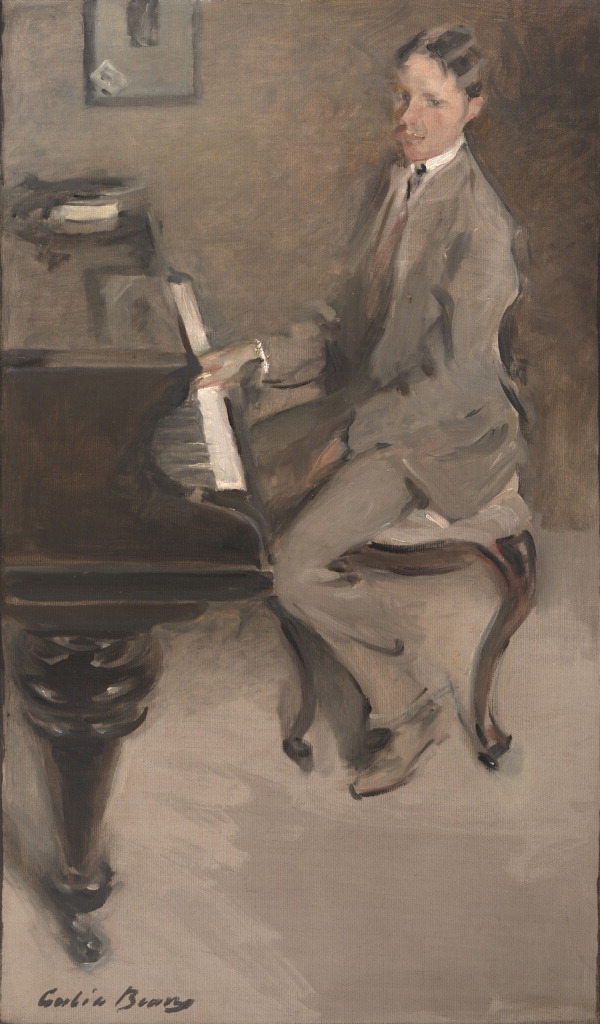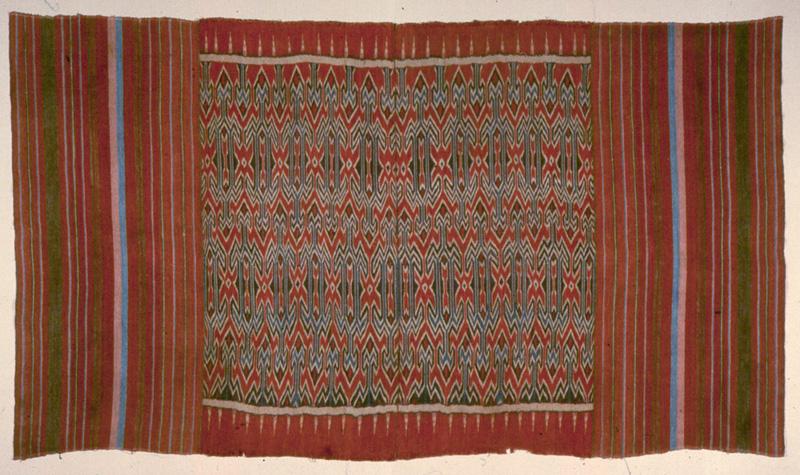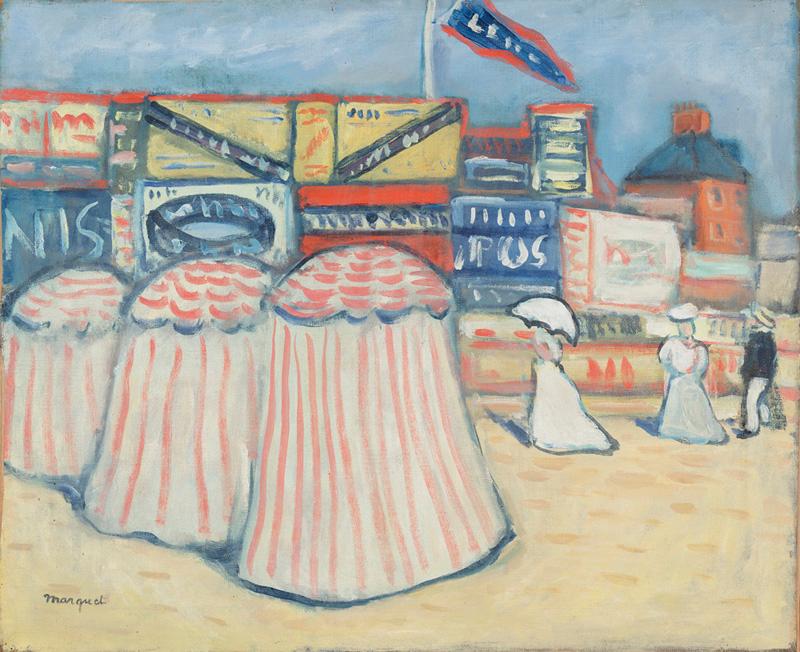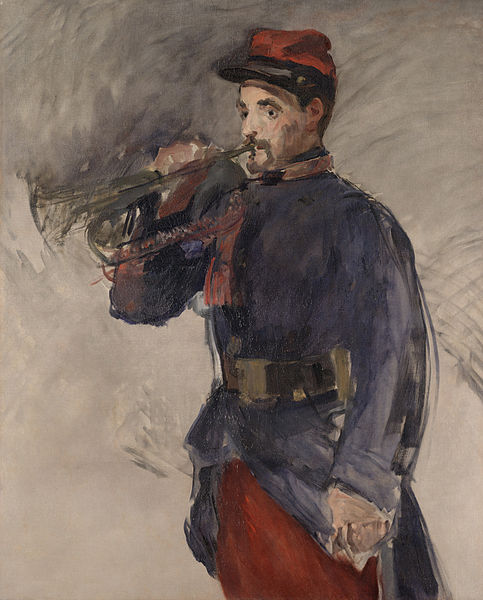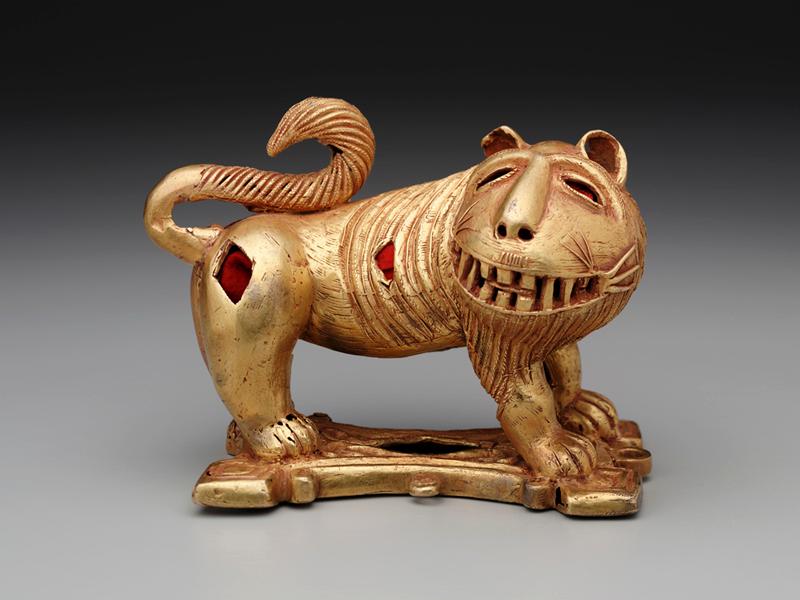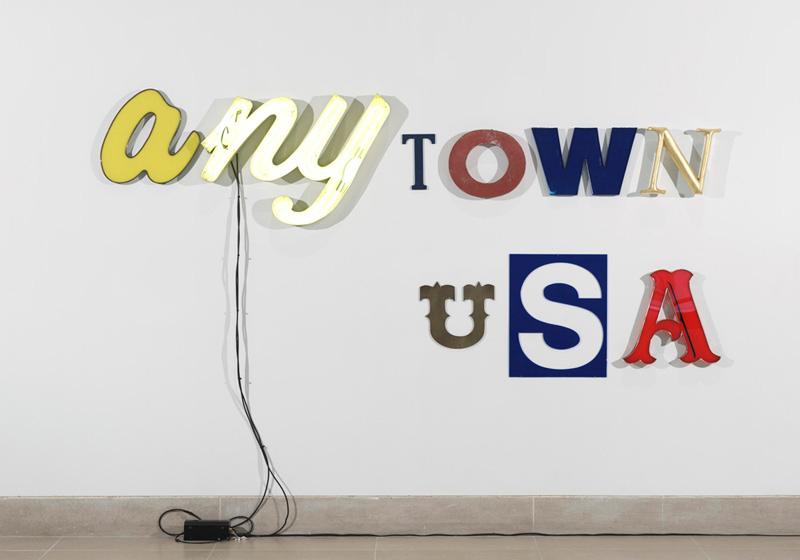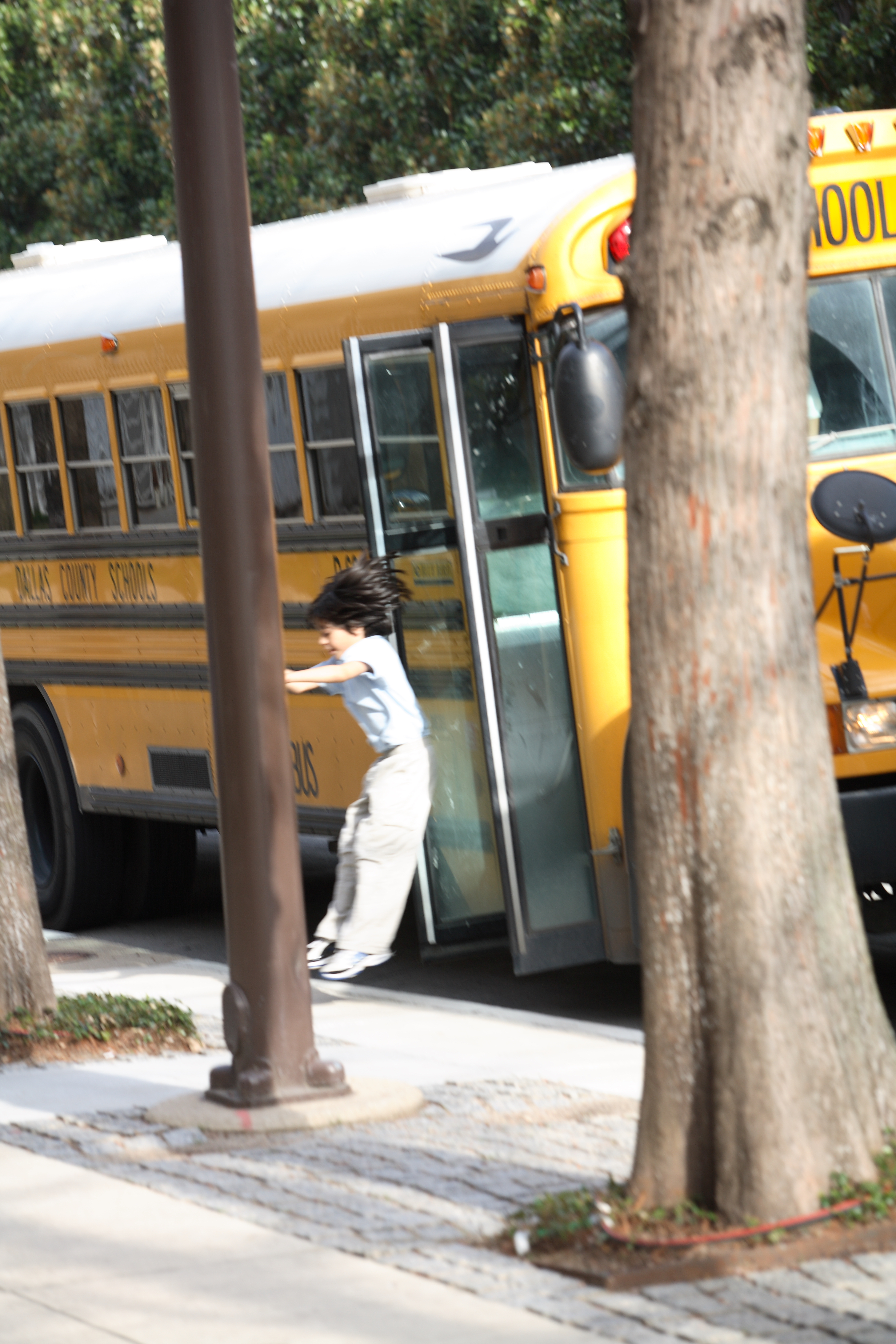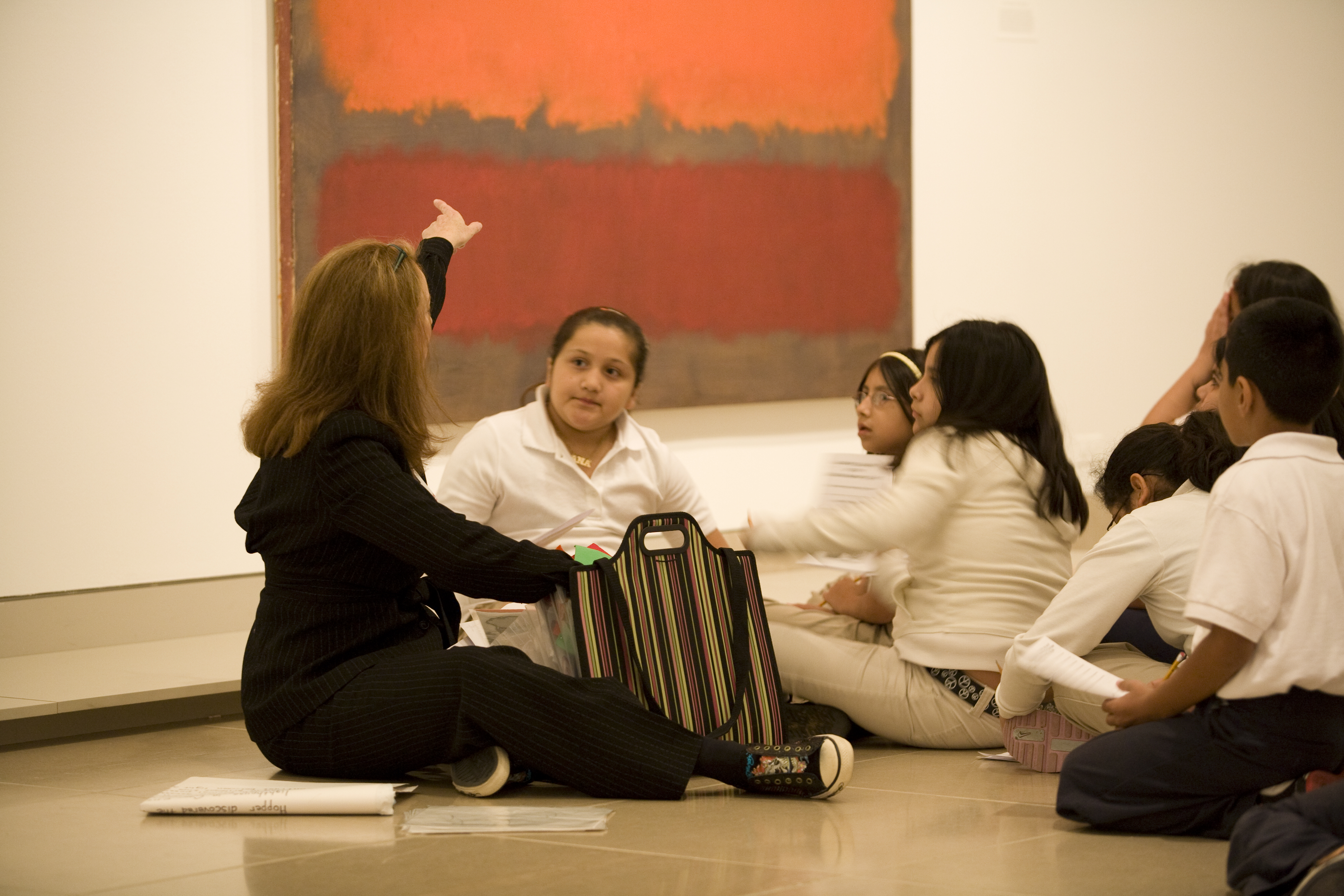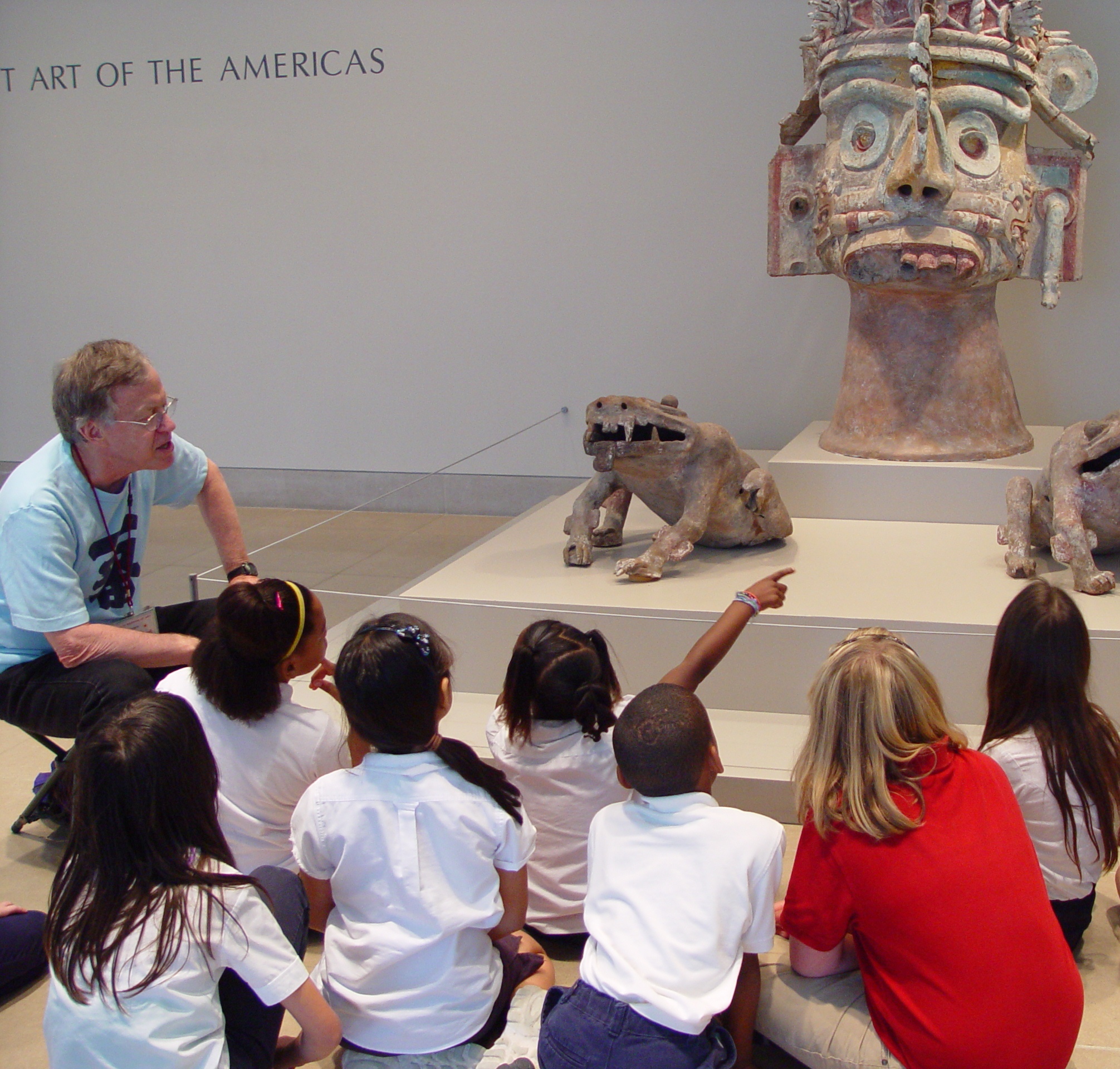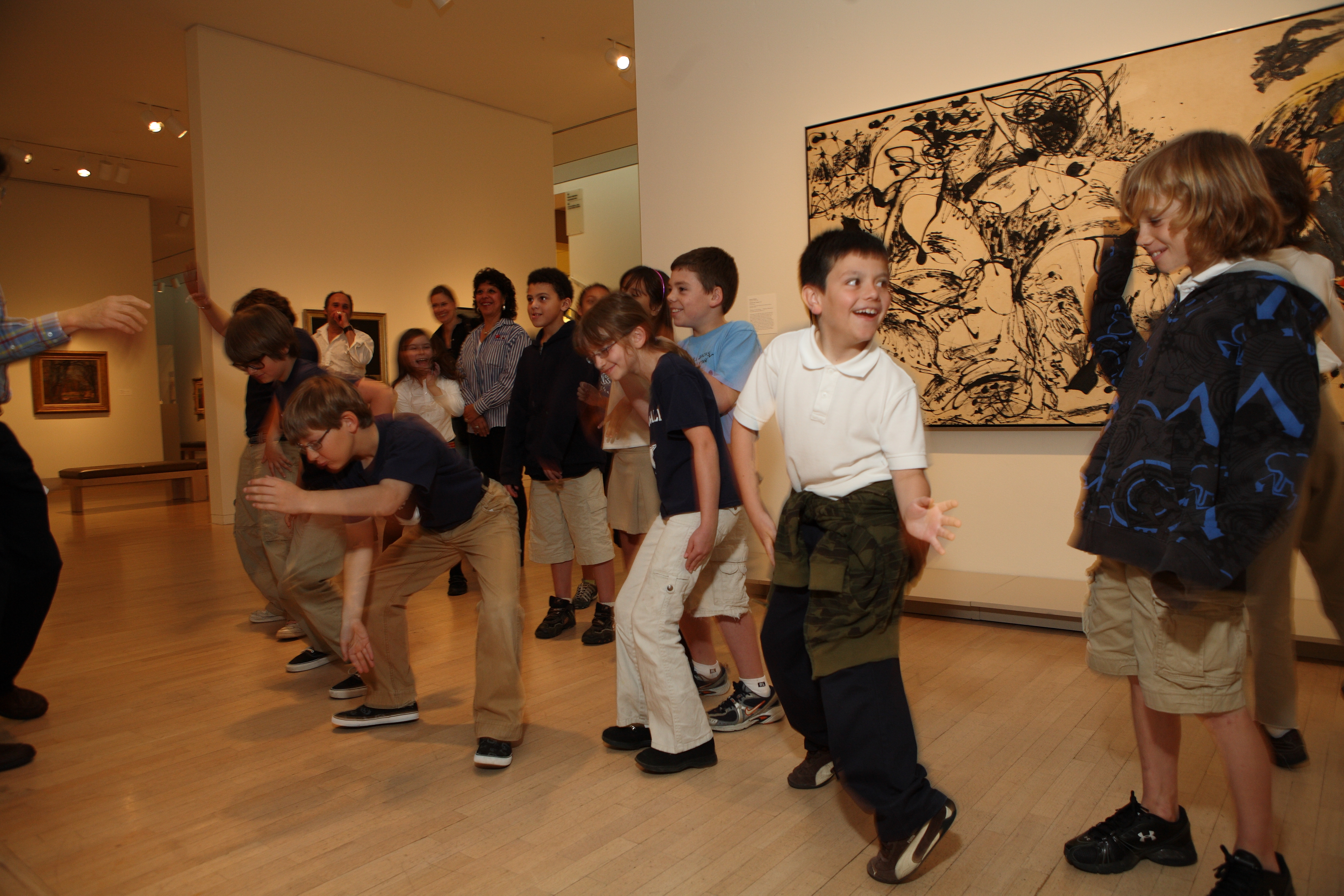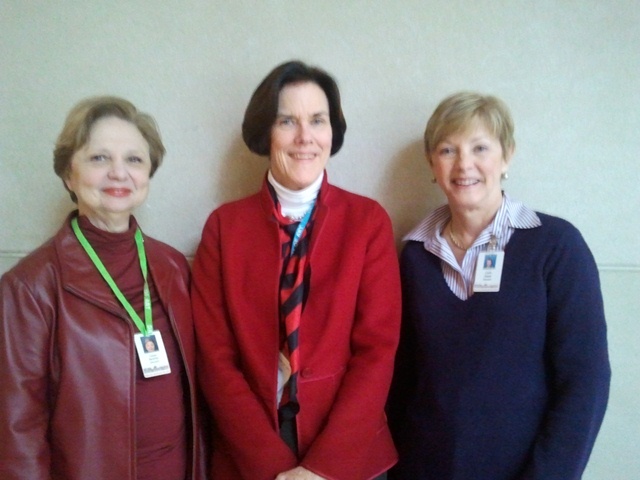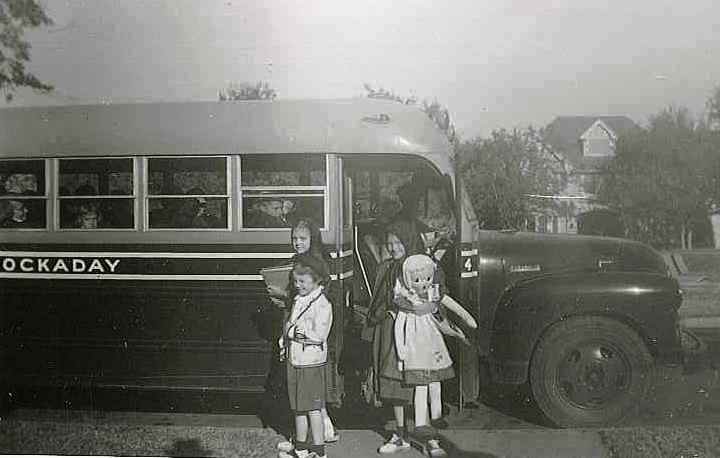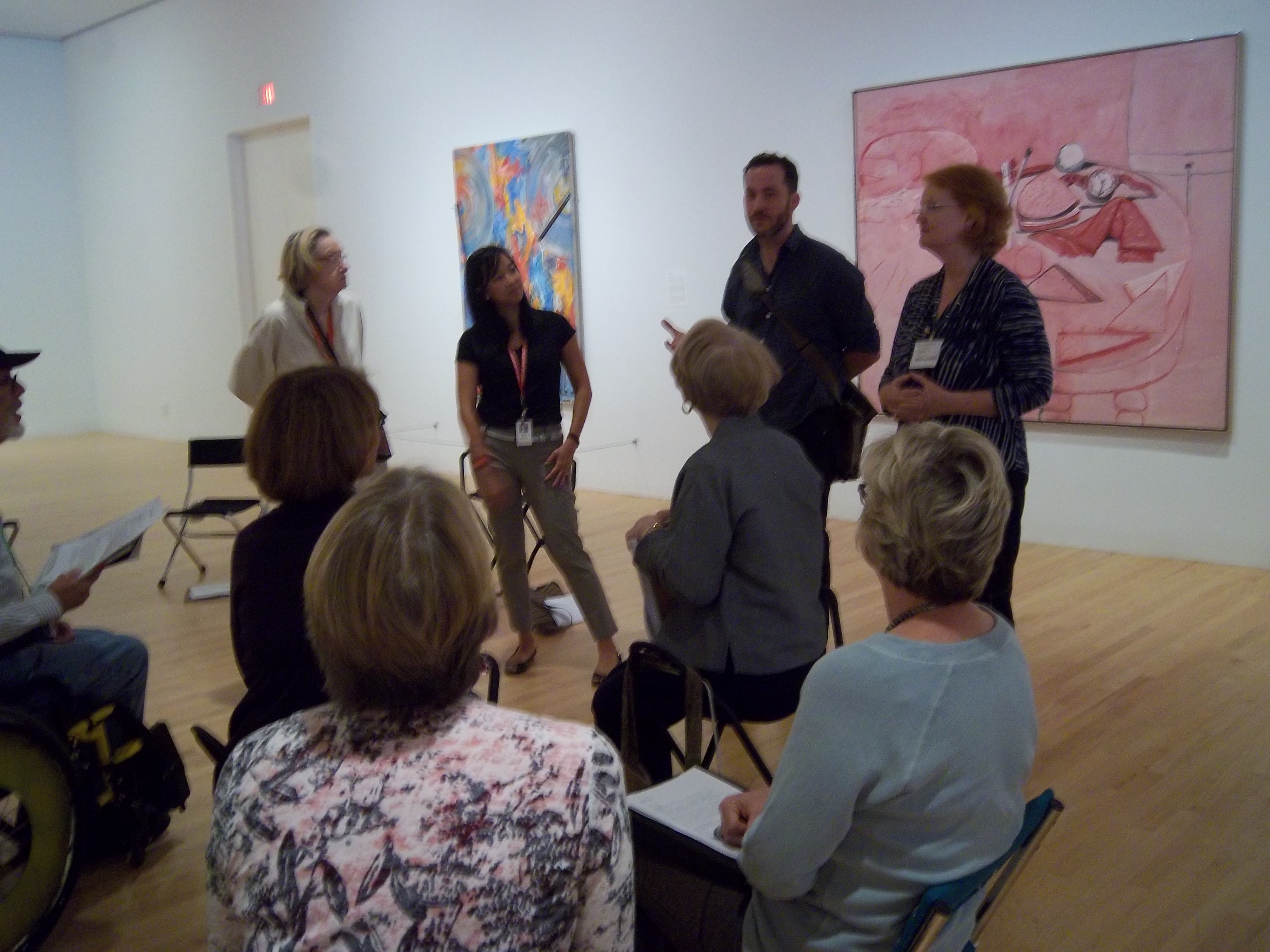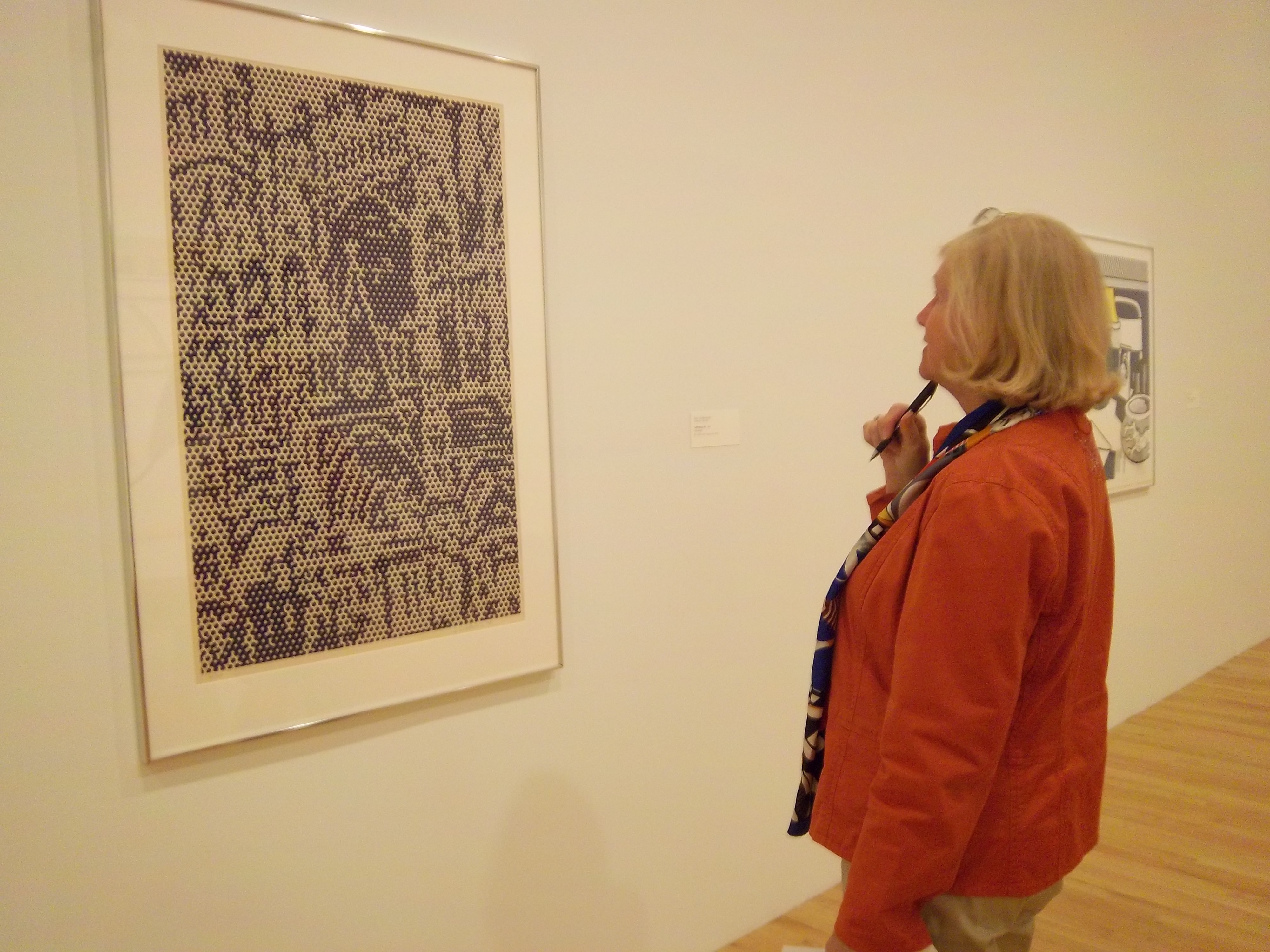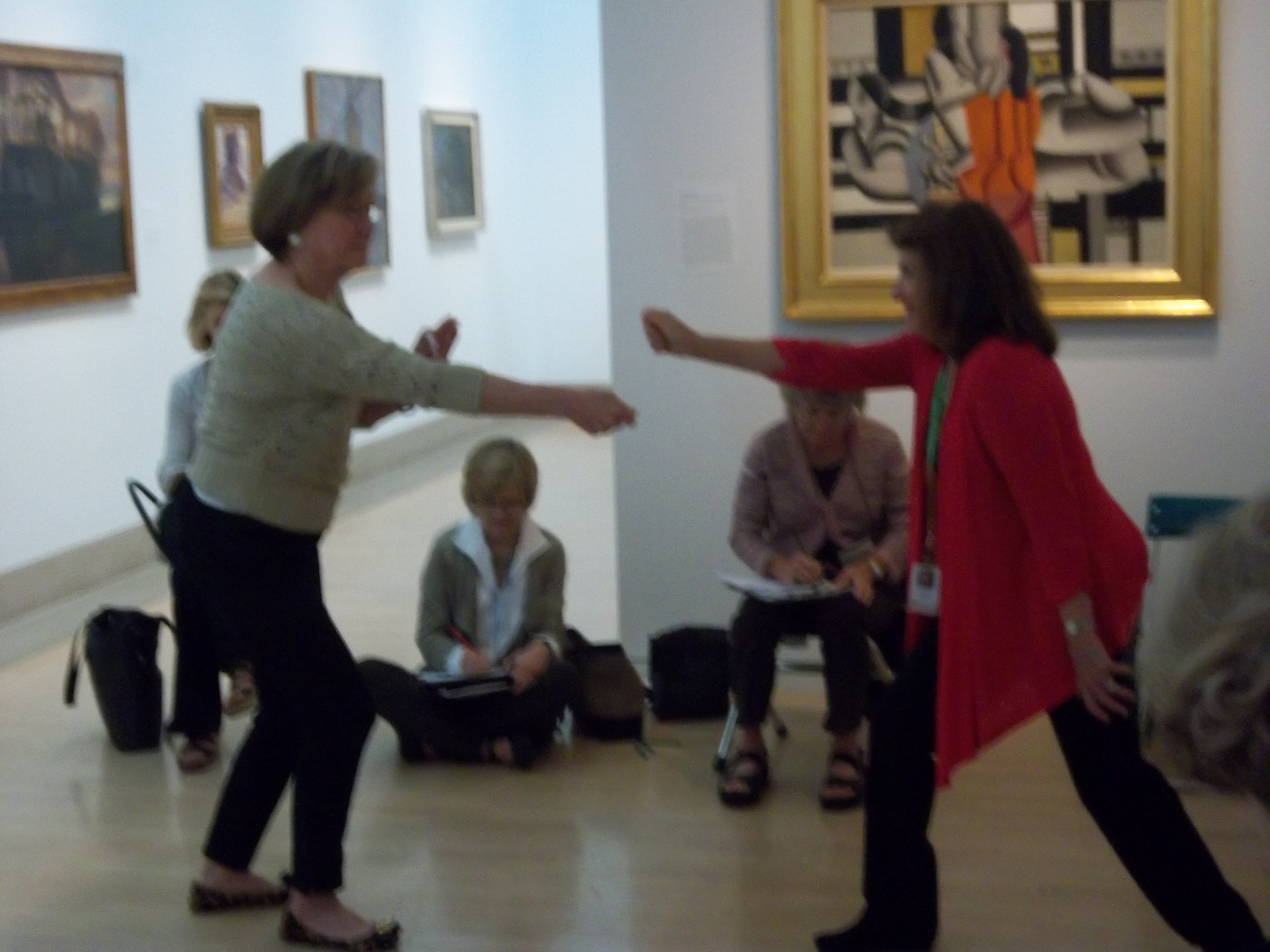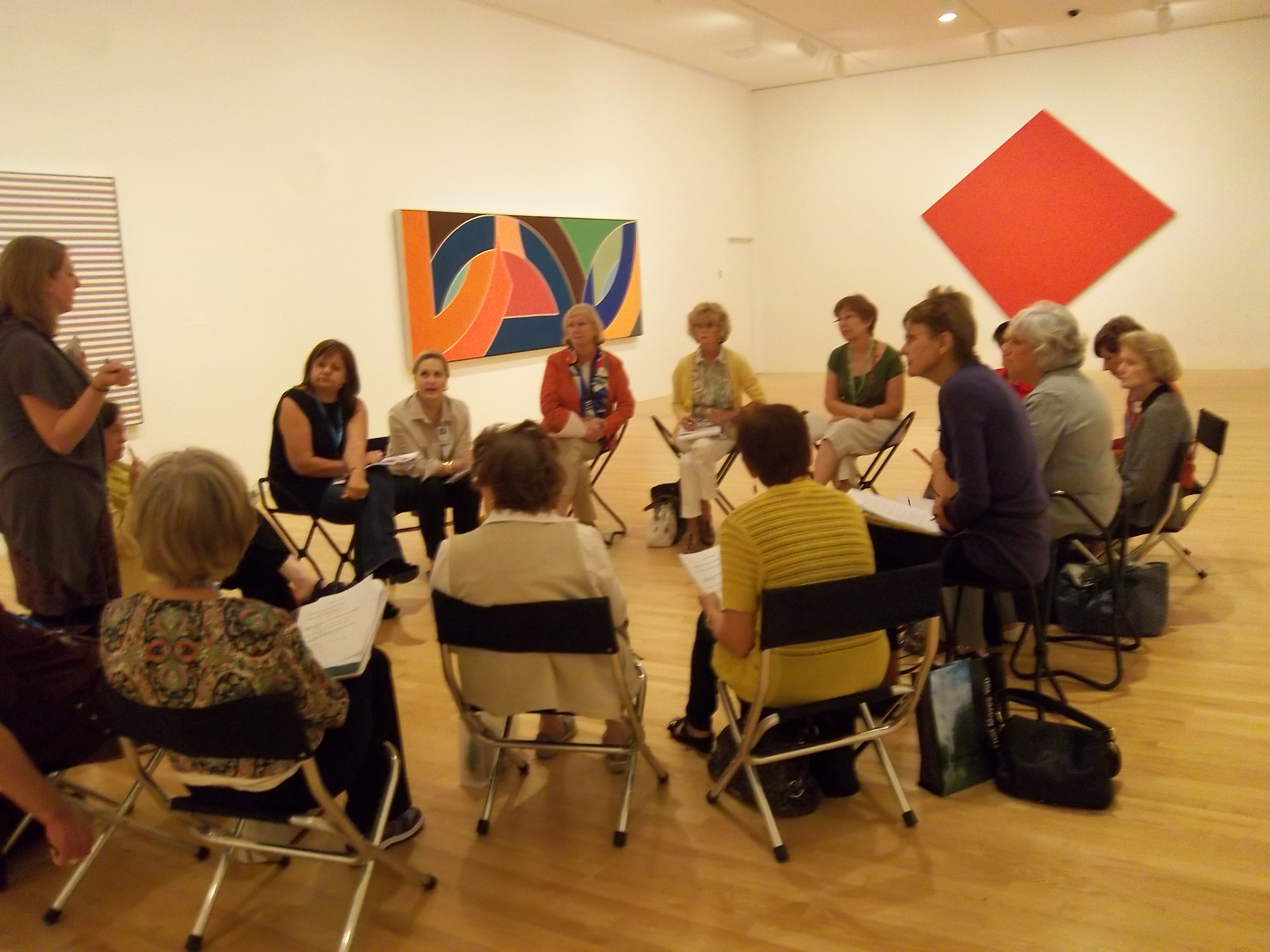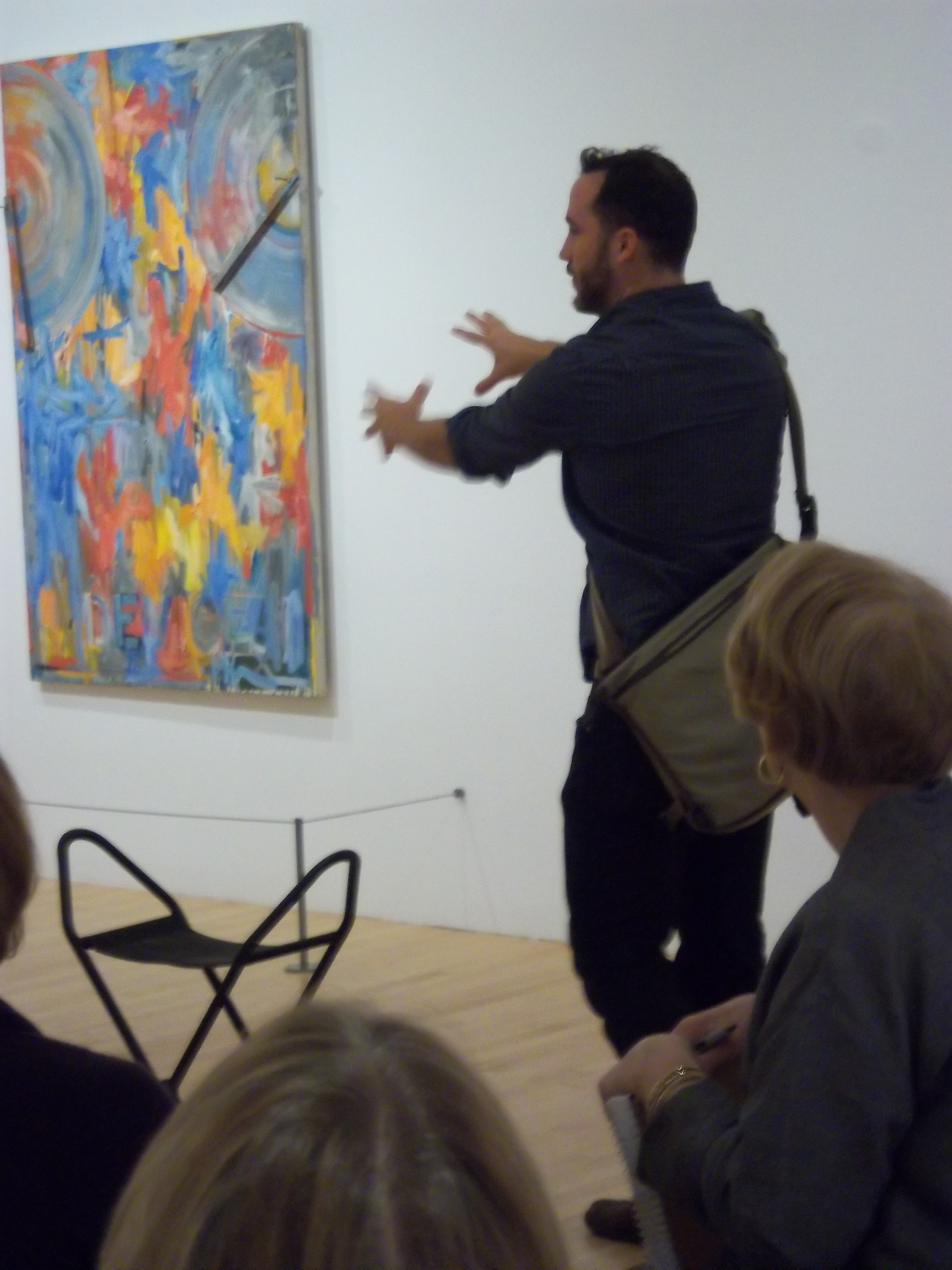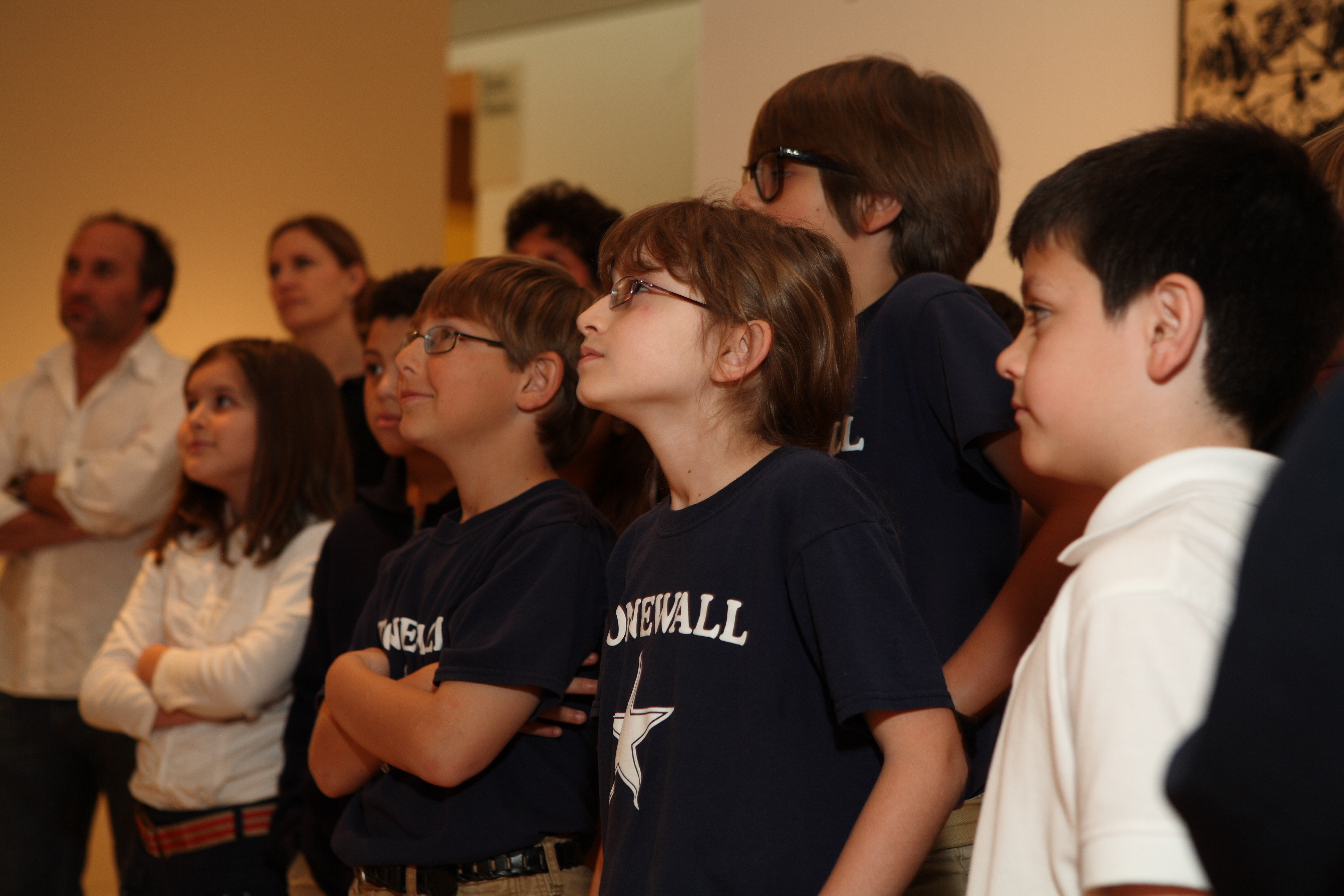The DMA has had several exciting opportunities to collaborate with the Dallas Theater Center in 2013. Last Monday, two of DTC’s fabulous actors joined our docents to share their perspectives on the Cindy Sherman exhibition. Hassan El-Amin and Christie Vela talked about the ways in which they transform themselves as they prepare to take on new roles. This also helped docents think about Cindy Sherman’s process, which includes using make-up, costumes, and props to alter her appearance for photographs.
Christie and Hassan both mentioned that sometimes it’s the little things that help them figure out who a character is. A pair of glasses, a silly vest, or a wig can make you act differently, and that may be just what’s needed to define a character. They also discussed how a costume can serve as a visual cue to the audience about a character’s personality. That costume tells us something about a character from the first moment we see it–Hassan described it as the “pop and sizzle.”
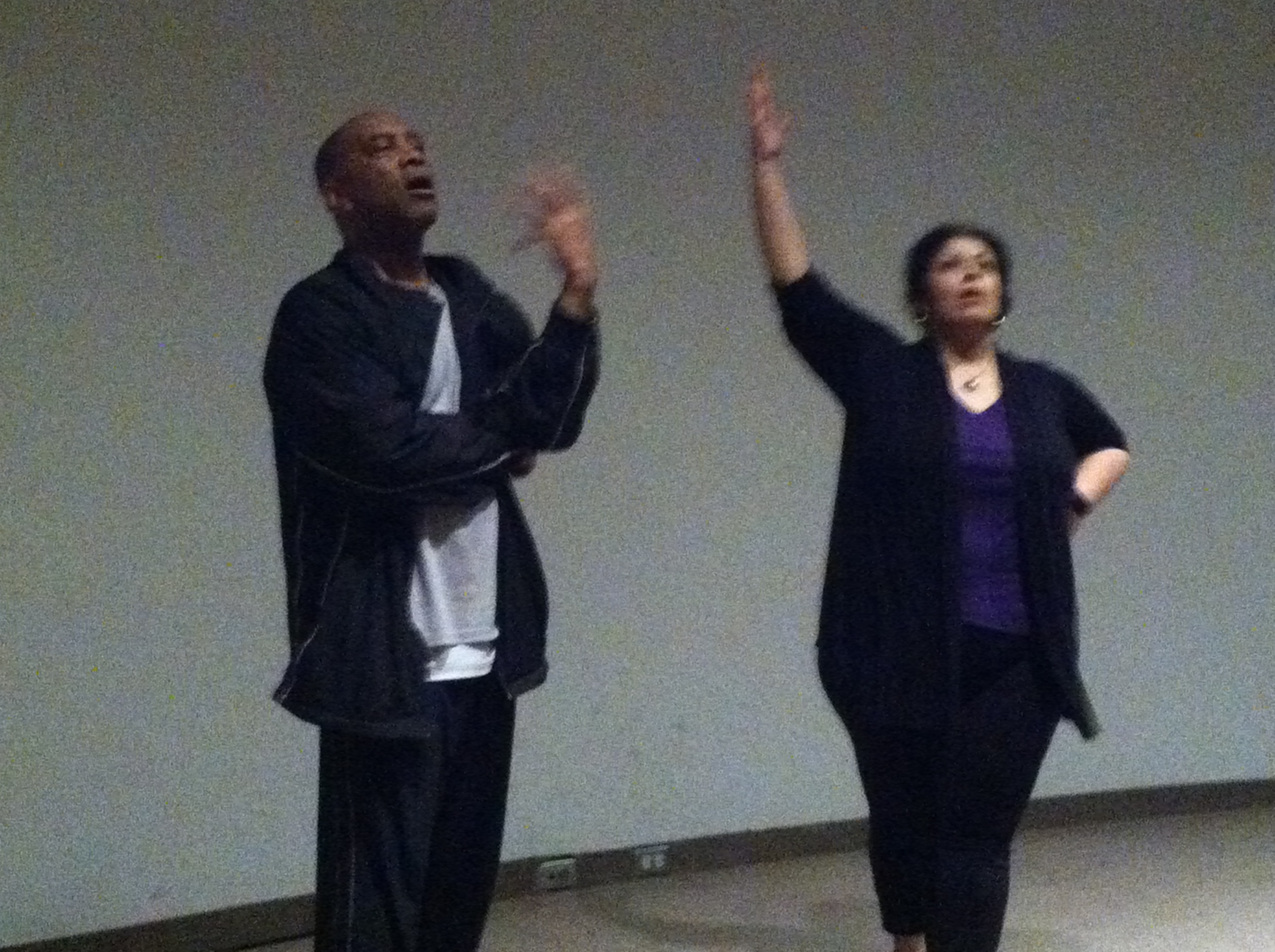
Actors Hassan El-Amin and Christie Vela lead training for the DMA’s docents
The docents had a lot of questions about how Christie and Hassan mentally prepare for a new role. In a sense, they take on a new persona each time they prepare for a new production. They did say that they have fun inventing a back story for each character–they create little stories that help to explain a character’s personality traits or appearance. Christie described them as “little secrets” that she keeps for herself and maybe doesn’t tell the rest of the cast. The docents had an opportunity to explore this process while looking at Cindy Sherman’s Society Portraits, a series from 2008.
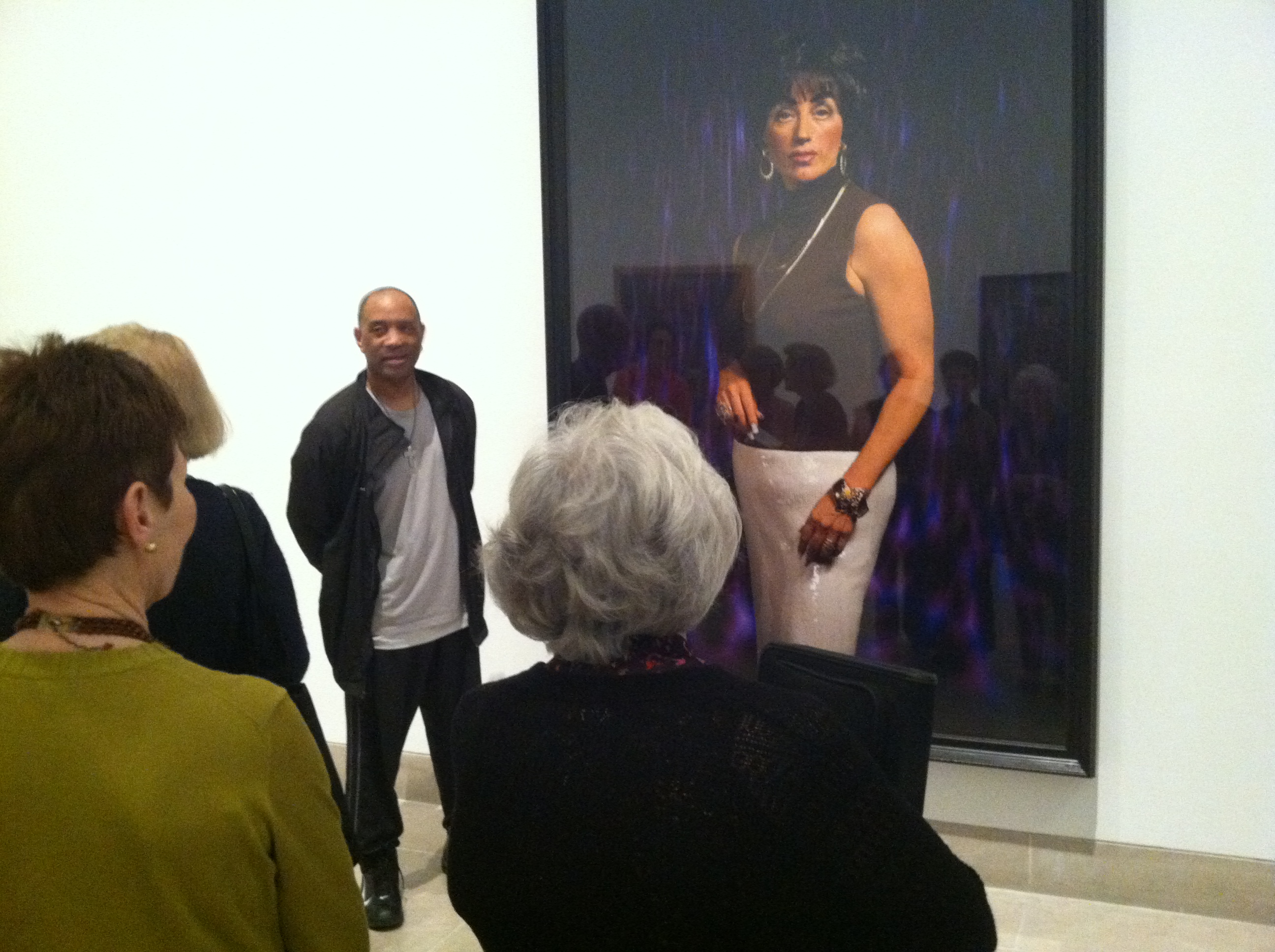
Inventing a persona for one of Cindy Sherman’s Society Portraits
Hassan led the docents through the galleries and asked them to describe the women in the series. Our best conversation was about Untitled #474. The group decided that this looked the most like a real society portrait. This woman has put forth a lot of effort with her outfit and makeup, so we know she cares about her appearance. Perhaps she is a woman who knows a lot of famous people, based on the wall of portraits behind her. They finally decided that she was an old-time movie starlet, and she had just had her third facelift in an effort to keep up her good looks. We were able to create a life for her just by looking deeper into what Cindy Sherman was presenting to us in the photograph.
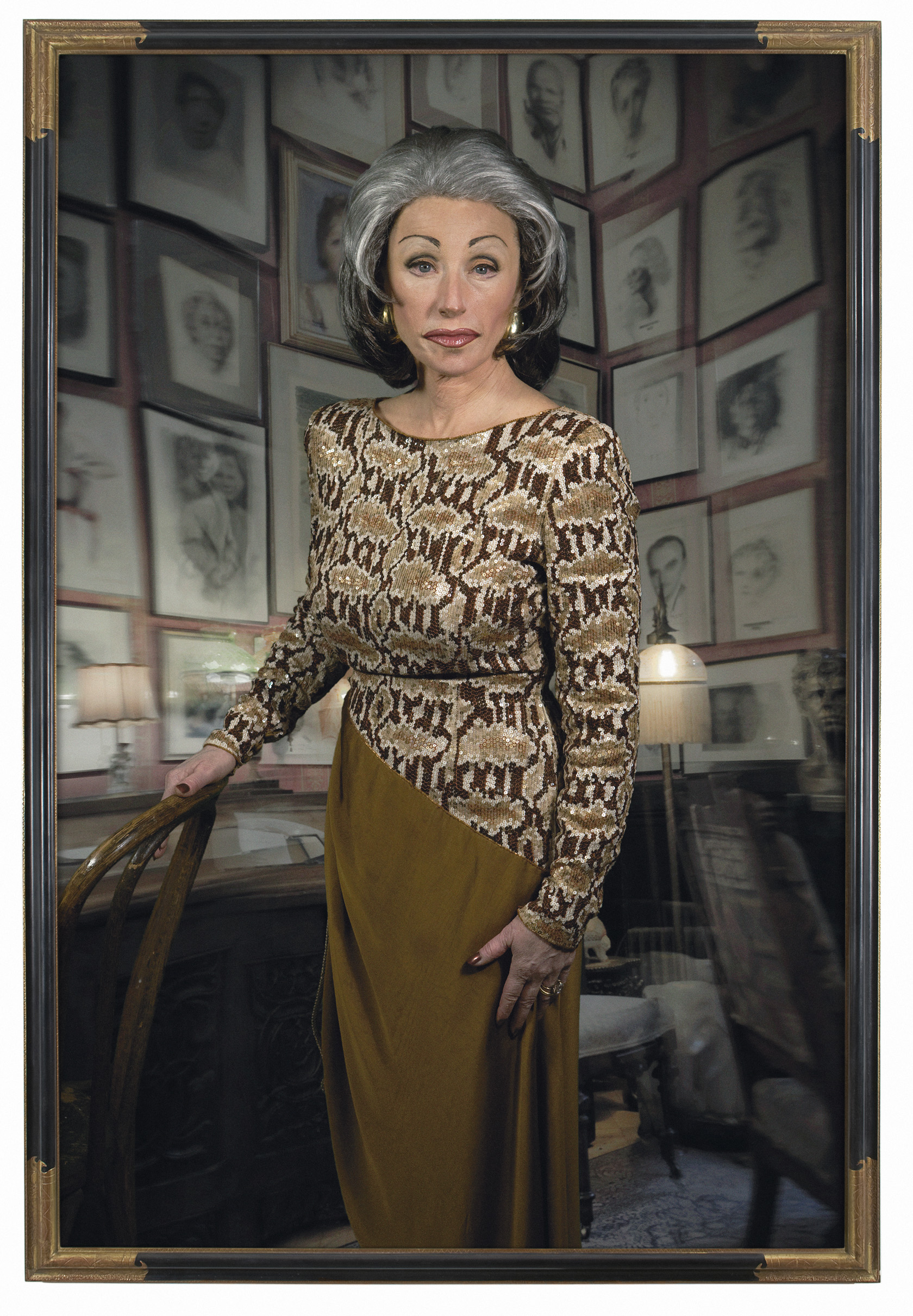
Cindy Sherman. Untitled #474. 2008. Chromogenic color print, 7′ 6 3/4″ x 60″ (230.5 x 152.4 cm). The Museum of Modern Art, New York. Courtesy the artist and Metro Pictures, New York © 2012 Cindy Sherman
Christie then led the docents in a simple actor exercise. Each docent was asked to select one History Portrait and look at the details that Cindy Sherman has provided for us. Christie pointed out that in theater, everything actors need to know is in the text of a play. We can look at these photographs as a text as well–everything that we need to know is there, and everything has significance. Docents were then asked to think about how this person would walk. Would she lead with her nose, her chest, her hips? Docents walked around the gallery in character, and we tried to guess which photograph they were bringing to life. Once again, the emphasis was on slowing down and looking deeper to discover the hidden traits of these people.
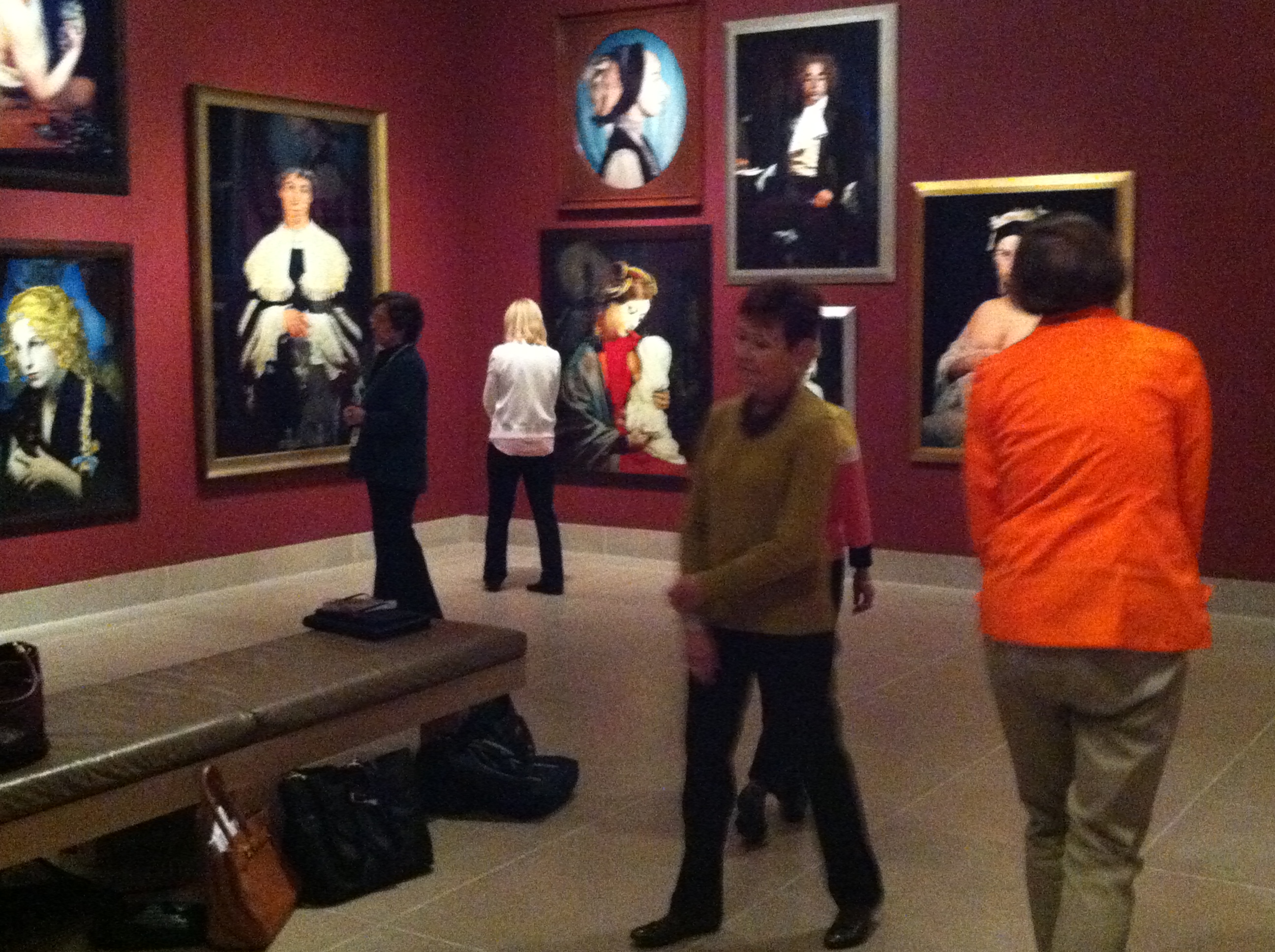
Docents walking like characters from Cindy Sherman’s History Portraits
It was so interesting to hear Hassan and Christie talk about how important the audience is to a performance; I think that’s something a lot of us take for granted. They said as actors, they think of the audience as a partner and they’re interacting with us just as much as they are the other actors on the stage. It’s interesting to think about how important the viewer is to Cindy Sherman’s photos, too. Without our interpretations and invented narratives, the photos would just be untitled images in the gallery. Our relationships–either with photos or with actors on stage–help to complete the viewing process and make it fulfilling for everyone involved.
Shannon Karol
Manager of Docent and Teacher Programs
